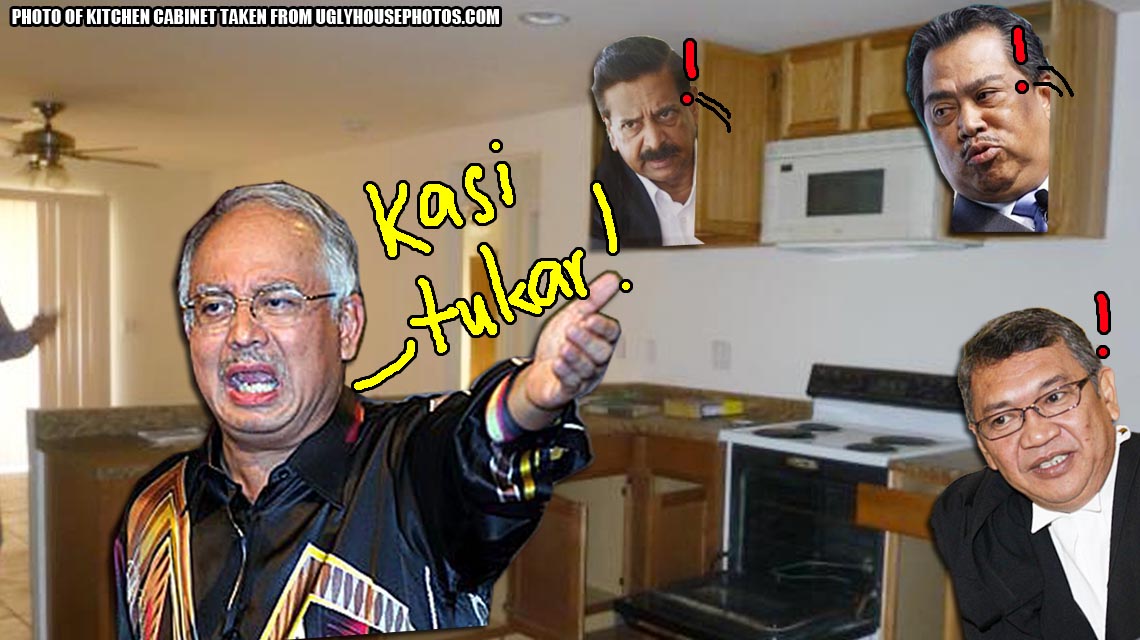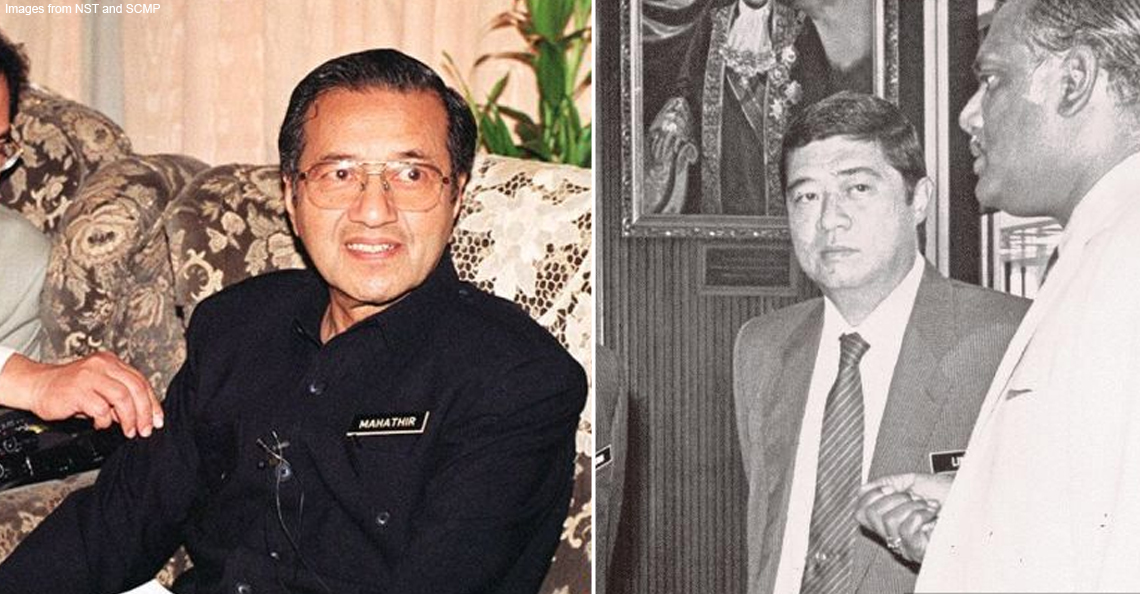How does a Malaysian political party die? We look at 5 examples
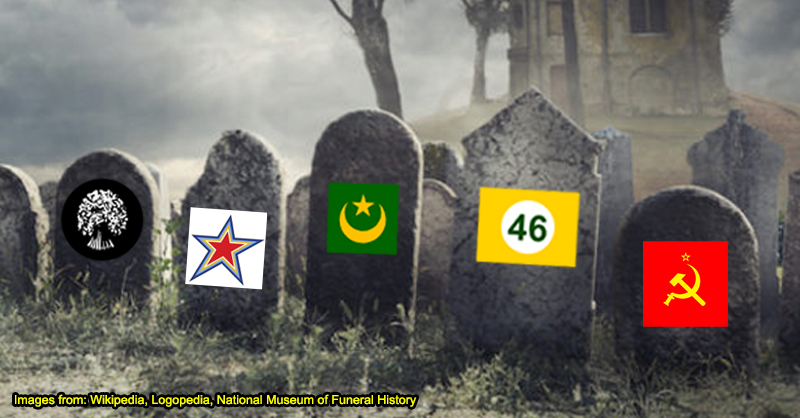
- 223Shares
- Facebook196
- Twitter5
- LinkedIn3
- Email3
- WhatsApp16
While everyone’s busy talking about the winners of GE15 and Anwar becoming #PM10, it’s easy to forget about the ‘losers’. Y’know, the ones who everyone thought would at least perform half-decently, but got completely crushed in the results.
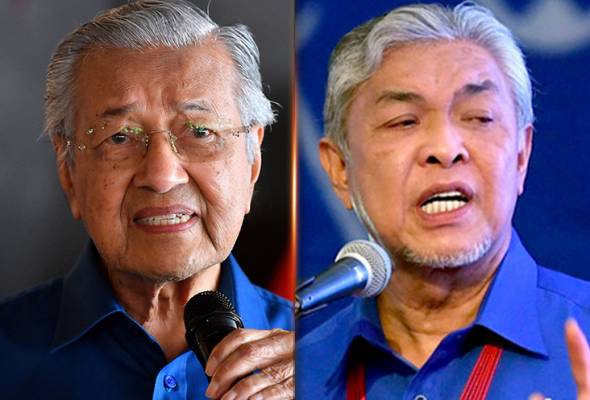
While it’s entirely possible these parties could still come back, history has provided us with many stories of now-defunct Malaysian political parties who failed to recover from the disasters that befell them (either by their own hand, or otherwise). Starting with…
1) Hizbul Muslimin (1948-1948)
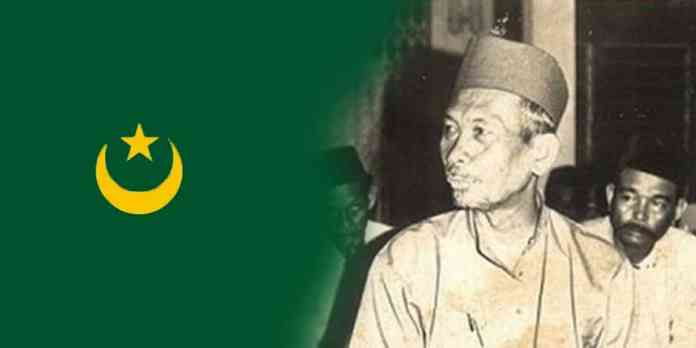
Notable Leader(s): Ustaz Abu Bakar al-Baqir
Aim: To represent the Malay-Muslim community who were against UMNO
Reason for death: Banned by the British, evolved into PAS
Fun fact: PAS leader Abdul Hadi Awang’s father served as a political activist under this party in Terengganu.
Founded in 1948, this short-lived party was a result of disagreements between two factions of Malay-Muslims, namely, the United Malays National Organisation (UMNO), and the Supreme Religious Council of Malaya (MATA). While UMNO believed MATA was too revolutionist and militant, MATA felt that UMNO was not doing enough to solve the issues of Malay- Muslims at the time. This led to the formation of Hizbul Muslimin, Malaya’s first Islamist political party.
However, Hizbul Muslimin were later outlawed by the British for, ironically, allegedly siding with the communists. Its key leaders were arrested during the Malayan Emergency, and many of its members fled to UMNO to avoid persecution. This religious block from Hizbul Muslimin formed UMNO’s Religious and Education Department, but following more disagreements with UMNO (especially the establishment of a lottery gambling center to fund the party), they split off to form their own party in 1952, named Parti Agama Se-Malaya (PAS).
The rest, as they say, is history.
2) Malayan Communist Party (1930-1989)
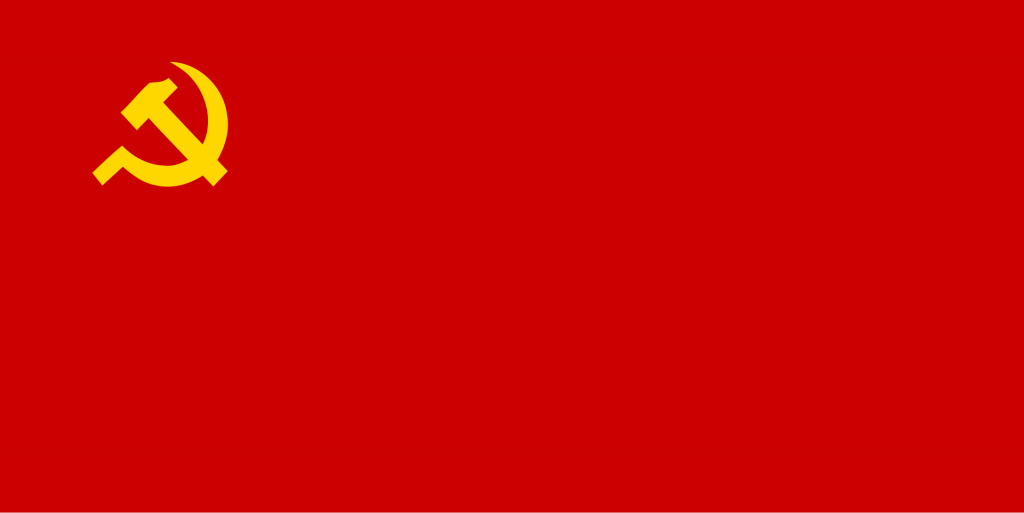
Notable Leader(s): Chin Peng, Abdul Rashid bin Maidin, Abdullah CD, Shamsiah Fakeh
Aim: To seek independence from British rule and establish a “Malayan people’s government”
Reason for death: Banned by everyone, loss of support, ideology died out
What they did: Probably needs no introduction. The successor to the Singapore-based South Seas Communist Party (SSCP), the MCP was formed as an anti-imperialist communist party to kick out the Brits, who had banned them early on after their formation, though they later backtracked on this decision and decided to team up to fight the Japanese. The MCP then formed the Malayan People’s Anti-Japanese Army (MPAJA), who were trained and armed by the British for this purpose.
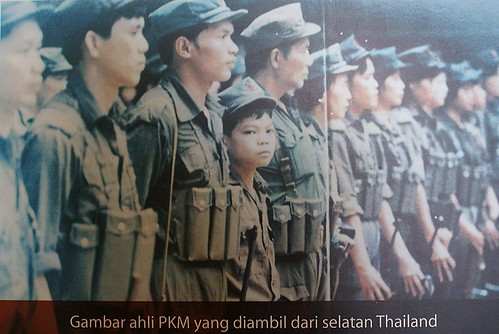
However, after the Japanese surrendered, the MCP’s anti-imperialist ideology persisted, leading them to turn against the British as well. All the while, they were still bitter about Japanese atrocities during WWII, and began targeting anyone suspected of being a Japanese symphatiser during the Occupation. The resulting conflict would span a large chunk of the 20th century, leaving thousands dead and a bitter taste in the mouths of Malaysians till this day. In fact, these guys were the very reason Malaysia was created as a nation in 1963.
Eventually the party’s terror tactics began alienating many Malaysians from their cause, and communism as an ideology lost steam in the late 80s. The party finally laid down its arms in 1989, signing the Hat Yai Peace Agreement which ended hostilities with Malaysia.
3) Parti Negara (1954-1962)
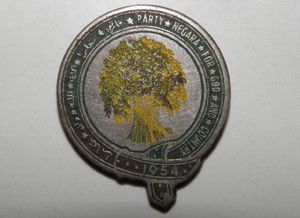
Notable leader(s): Dato’ Onn Jaafar
Aim: To represent and unite the multi-ethnic Malayan peoples
Reason for death: Died a ‘natural’ death when Dato’ Onn Jaafar passed away
Hizbul Muslimin wasn’t the only party formed by ex-UMNO members. In fact, UMNO’s own founder and leader Dato’ Onn Jaafar himself grew disillusioned by UMNO’s race-based membership and policies, and split from the group to form Parti Negara. Above all else, Dato’ Onn Jaafar was a nationalist who was keen on uniting Malayans regardless of race under one banner. His ideology could probably be best summed up by his quote from 1949:
“It is absolutely important for the Malays to obtain closer ties with the other people in this country. It is time for us to take the view wider than the kampung view. I ask of you, which will you choose? Peace or chaos, friendship or enmity?” – Dato’ Onn Jaafar
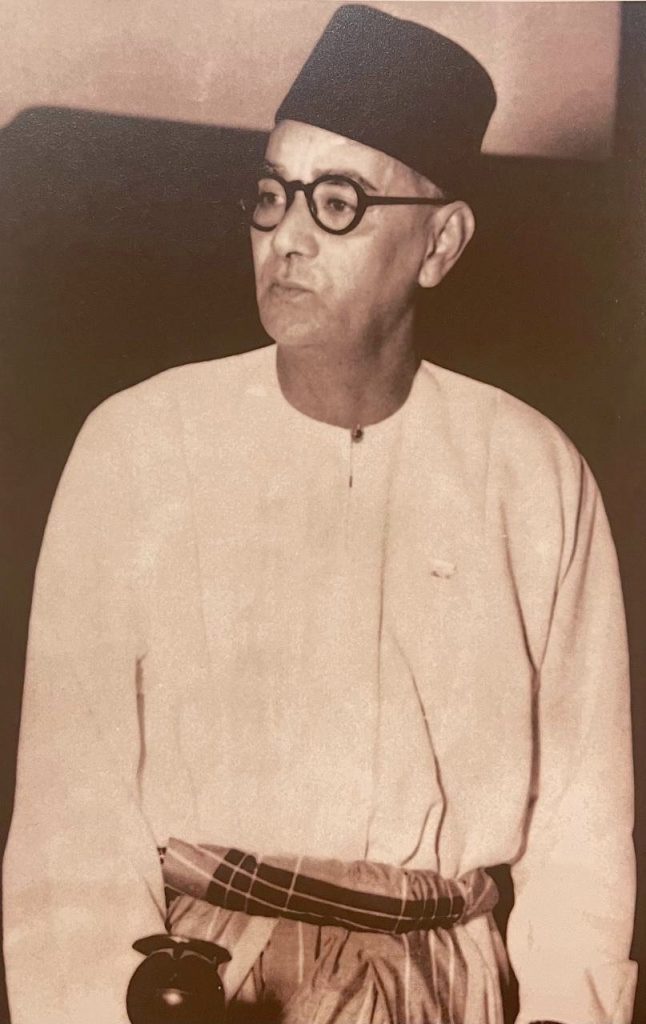
However, this inclusive approach failed to gain the support of the Malay community. Although Onn enforced membership restrictions for non-Malays to try and win over the Malays, Parti Negara only ever won one seat (won by Onn himself in 1959), but it was clear that the impact they left could be felt by all. Onn’s victorious opponent Tunku Abdul Rahman (leader of the Alliance Party, now Barisan Nasional) actually adopted Onn’s multi-racial ideology, and Onn himself acknowledged that the Alliance ‘had achieved what he had set out to do’.
Parti Negara faded after Dato’ Onn passed away in 1962, and their only seat was won back by the Alliance.
4) People’s Progressive Party (1953-2019(?))

Notable Leader(s): Kanagaratnam Pillai, Maglin Dennis D’Cruz, M. Kayveas
Aim: Originally created to oppose the Alliance, now acts as a ‘check and balance to the existing system’
Reason for death: Leadership issues
Come on, how could you hate a party named myPPP?
Ok, we’re not actually sure if this party counts as ‘dead’, but we’ll let you decide. Initially founded in 1954 to oppose Tunku Abdul Rahman’s Alliance Party, they later joined the Alliance, left, and then became one of the founding members of Barisan Nasional. They were popular with the Chinese and Indian communities, but soon lost that confidence and went on a losing streak, ending with the loss of their final seat in 1978.
In 1993, M. Kayveas took over as President and reformed the party, boosting its membership to over 500,000. They merged with BN’s Parti Gerakan Rakyat in 2006, but got absolutely rekt in the 2008 General Elections, and again in 2018. The party wanted to split from BN as a result, which then caused a Brexit-like power struggle between M. Kayveas (Leave) and Maglin Dennis D’Cruz (Remain). Kayveas won, making him the President, and myPPP left BN. However, Maglin didn’t go away, and both Kayveas and Maglin have since laid claim to the President post. Eventually even the Registrar of Societies (RoS) got tired of the squabbling and deregistered the party, although they later reversed their decision.
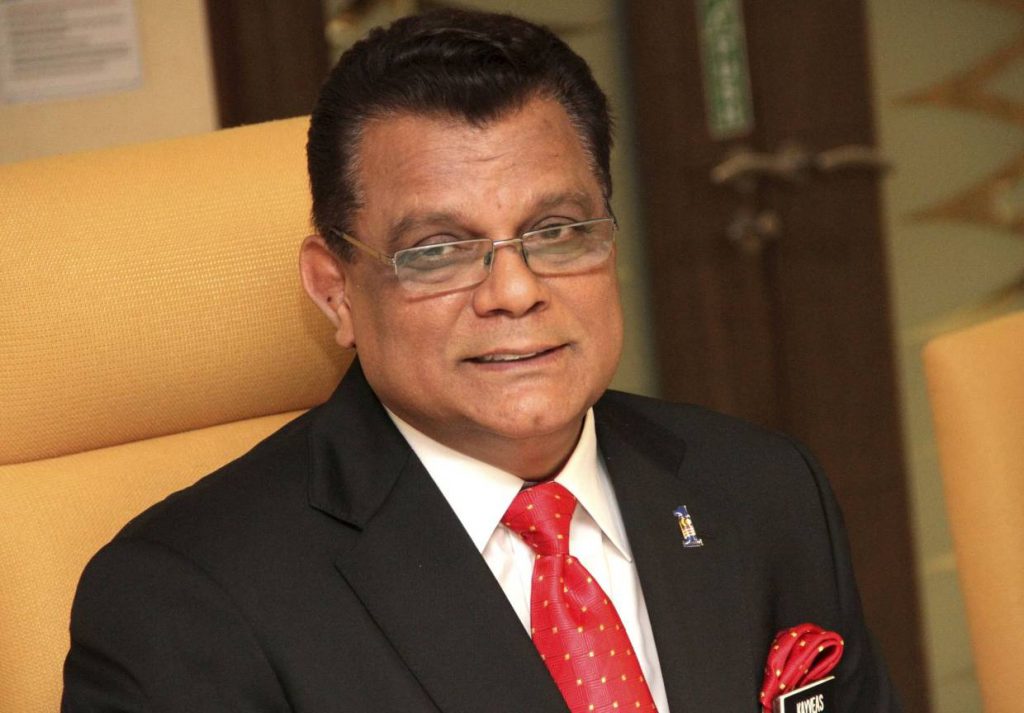
So what’s the status of the party right now? Well, we checked their status on the RoS database, and it looks like they’re still deregistered as of time of writing. Even so, Kayveas still seems loyal to the cause; he even ran in GE15 as an independent, saying he ‘will never leave myPPP’.
In any case, there has been so much drama over the years surrounding myPPP that it warranted an article on its own, which you can read here.
5) Parti Melayu Semangat 46 (1988-1996)

Notable Leader(s): Tengku Razaleigh Hamzah (Ku Li), Ibrahim Ali, Rais Yatim
Aim: To oppose Dr. Mahathir’s UMNO
Reason for death: Lack of support, too expensive to maintain
Yet another UMNO splinter party. We’re starting to sense a pattern here. Brace yourselves, this is a long one.
A fierce competition for dominance amidst the 1985-86 economic recession led to a split in UMNO between two camps, namely, Team A (led by Dr. Mahathir and Ghafar Baba), and Team B (led by Tengku Razaleigh Hamzah and Musa Hitam). Then-Education Minister Musa Hitam had grown disillusioned by Dr. M’s apparent efforts to check his power, and resigned from government. In a twist of events, he then decided to team up with rival Ku Li to try and take Dr. M down. In the resulting UMNO party elections, Dr. M and Ghafar Baba won by a slim majority (which many believe was largely thanks to a last-minute intervention from a certain Najib Razak), and Dr. M reshuffled the Cabinet, purging all Team B frontbenchers in the process.
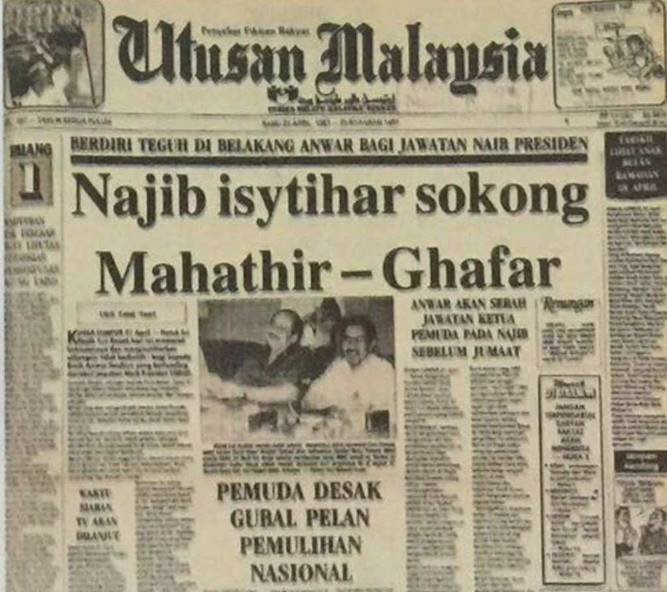
However, UMNO as a whole soon ran into a roadblock, as the High Court had declared it an illegal party due to some election irregularities. This led to a competition between both Team A (UMNO Baru) and Team B (UMNO Malaysia) to form a successor party, which Team A won by a technicality. As described by Wong Chin Huat in The Sun:
“Being the game’s referee, Mahathir won the first round.” – Wong Chin Huat
Dr. M later won Round 2 as well when the Supreme Court upheld this decision, and Musa Hitam rejoined Dr. M’s camp. Hence, Ku Li decided to form a new centrist Malay party (named Semangat 46 after the year UMNO was founded) to challenge UMNO Baru in the general elections, teaming up with PAS and DAP under two different coalitions (cos y’know, PAS kinda dislikes DAP).
However, a few days before the 8th General Election in 1990, a picture of Kelantan-born Ku Li wearing a Kadazan headdress with a cross emblazoned on it was published by Dr. M-controlled media, alleging that Ku Li was trying to ‘Christianise’ Malaysia. The tactic seemed to have worked, and Semangat 46 was crushed in the elections, winning only 8 seats:
“In my opinion, Dr. Mahathir would have lost his Prime Minister position had it not been for that picture of Tengku Razaleigh Hamzah wearing the Kadazan tengkolok with a cross.” – Tan Sri Zainuddin Maidin, Saya Bukan Menteri (2016) (translated from BM by Cilisos
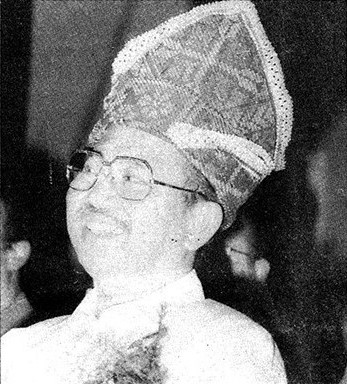
In 1996, with so few members and little influence left, Razaleigh could no longer afford to upkeep the party. He disbanded it and rejoined UMNO. To be fair to him though, the 1990 elections were arguably the greatest challenge to a BN government in history prior to the 2000s.
Times are changing, and ‘old’ parties like BN will have to adapt to survive
The people have voted, and with Pakatan Harapan winning the lion’s share of the votes, BN got a chance at redemption after they were invited to form a government with PH. Although they were lucky this time round that circumstances allowed such a thing to happen, history has taught us that those who fail to adapt to the times will be cast aside and rendered irrelevant. Ironically, a good example of a party that did succeed in adapting actually comes from this list: Hizbul Muslimin, who re-emerged as PAS after their ‘death’. And we all know how well PAS did in the recent elections…
There will no doubt be changes brought about to the losing parties, and possibly Malaysian politics as a whole. Whether those changes are for better or worse, we’ll just have to wait and see.
- 223Shares
- Facebook196
- Twitter5
- LinkedIn3
- Email3
- WhatsApp16

